#the fairy tales of the brothers grimm
Photo

The Mouse, the Bird and the Sausage (1909) - Arthur Rackham
#illustration#arthur rackham#the mouse the bird and the sausage#the fairy tales of the brothers grimm#brothers grimm#bird#1900s#1909
2 notes
·
View notes
Text
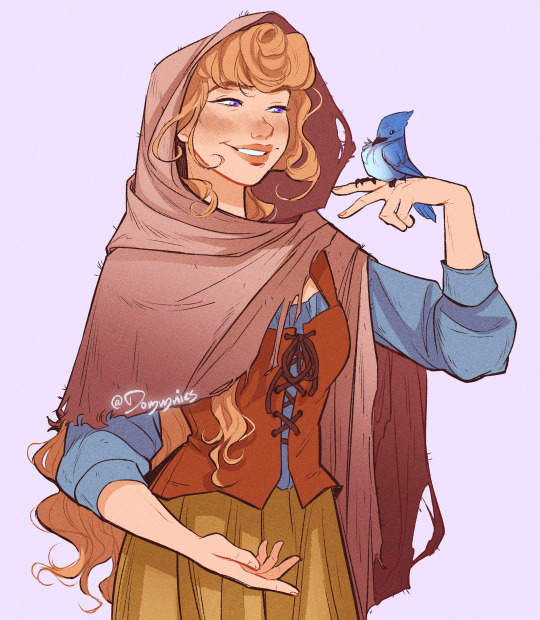

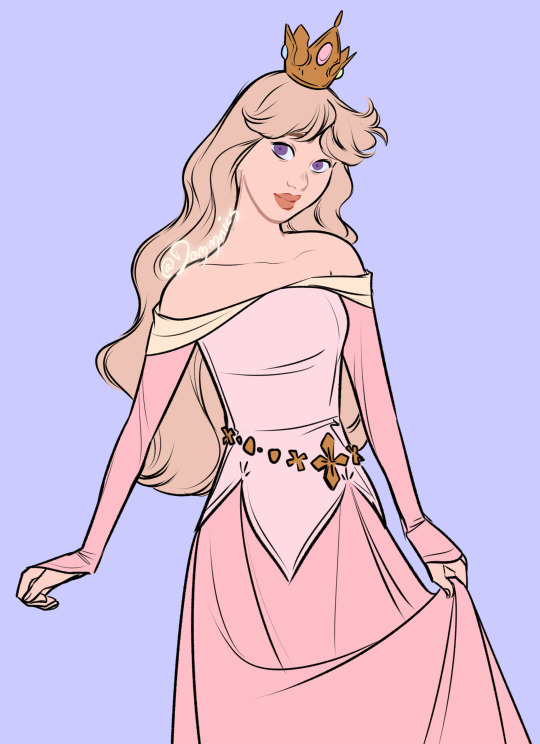
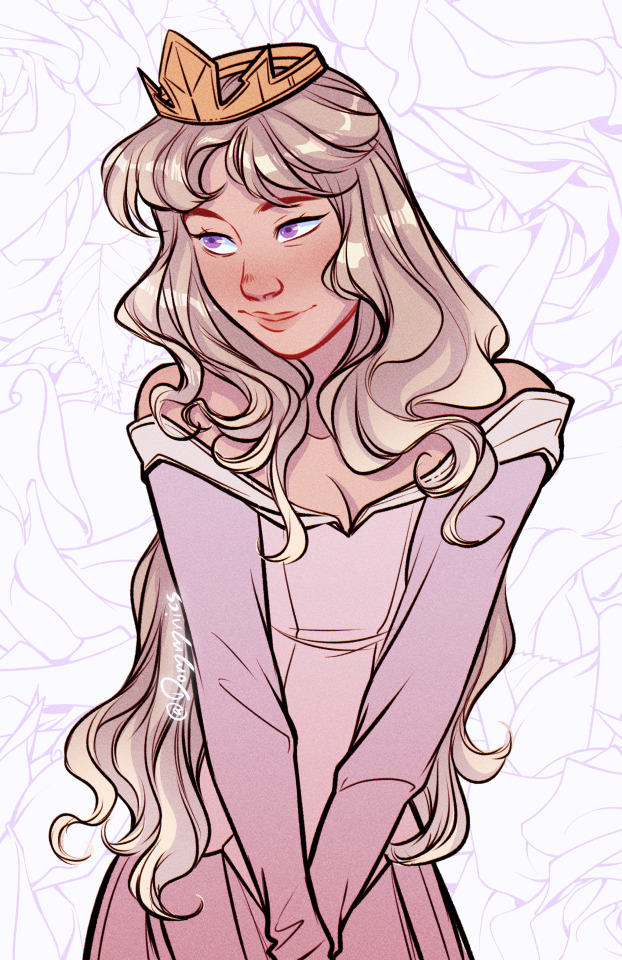
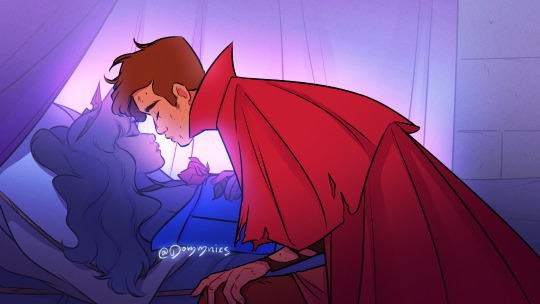
Sleeping Beauty (1959) turned 65, and it remains still such a beautiful film. It's one of my favourite quintessential fantasy films, and I adore princess Aurora and Maleficent!
--
Check out more of my work on other platforms!
My Instagram -- My Twitter
#sleeping beauty#disney#disney art#disney movie#disney fanart#sleeping beauty 1959#princess aurora#aurora#briar rose#maleficent#disney princess#disney princesses#disney princess art#disney villain#disney villains#disney villain art#fairy tale#fairy tales#brothers grimm
2K notes
·
View notes
Text

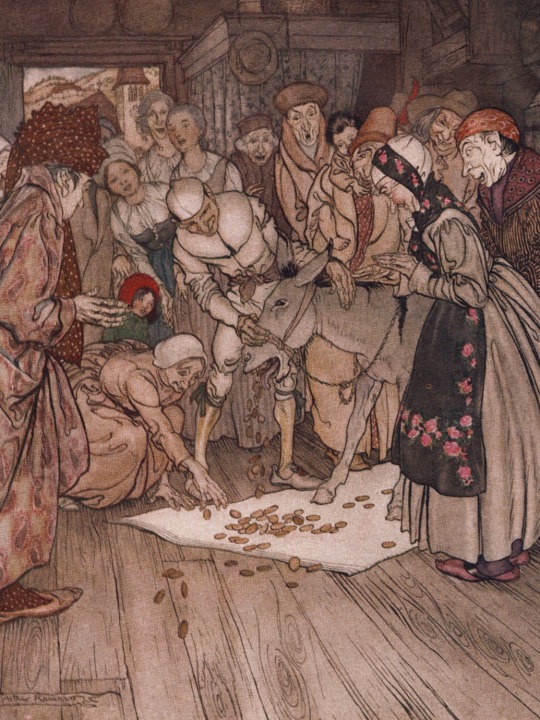



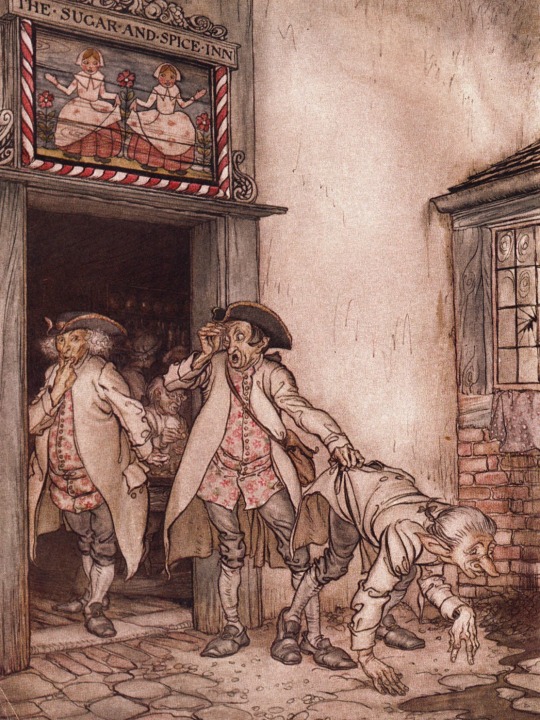


Arthur Rackham’s Illustrations for the Brothers Grimm Fairy Tales.
#grimms' fairy tales#grimm brothers#fairy tales#tale#illustration#illustrator#illusion#drawing#hand drawn#painter#oil painting#paint#painting#alternative#aesthetic#dark academia#dark academic aesthetic#dark aesthetic#aestheitcs#dark#art#light acadamia aesthetic#light academia
612 notes
·
View notes
Text
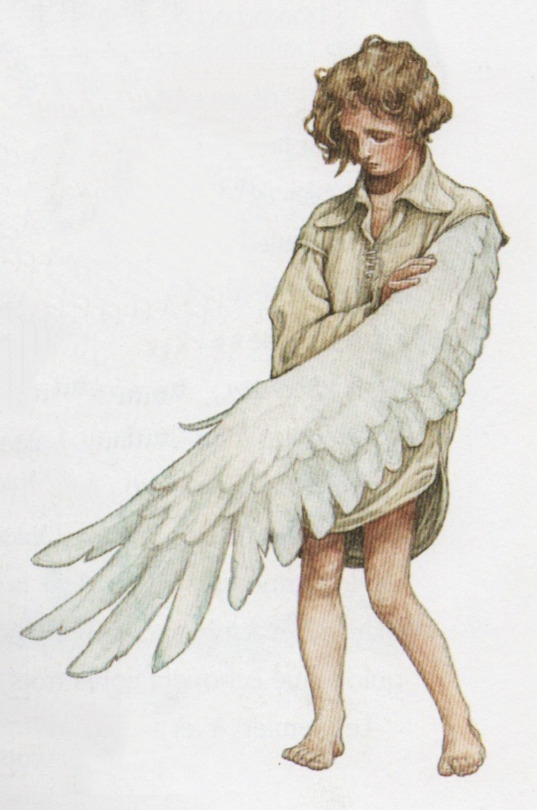
The Six Swans
Artist : Patrick James Lynch
#the six swans#les six cygnes#children's literature#fairy tale#children's books#fairy story#children's book#fairy tales#fairy#p. j. lynch#patrick james lynch#brothers grimm#the brothers grimm#les frères grimm#die sechs schwäne#german fairytales#german fairy tale#prince#wing#1993
866 notes
·
View notes
Text
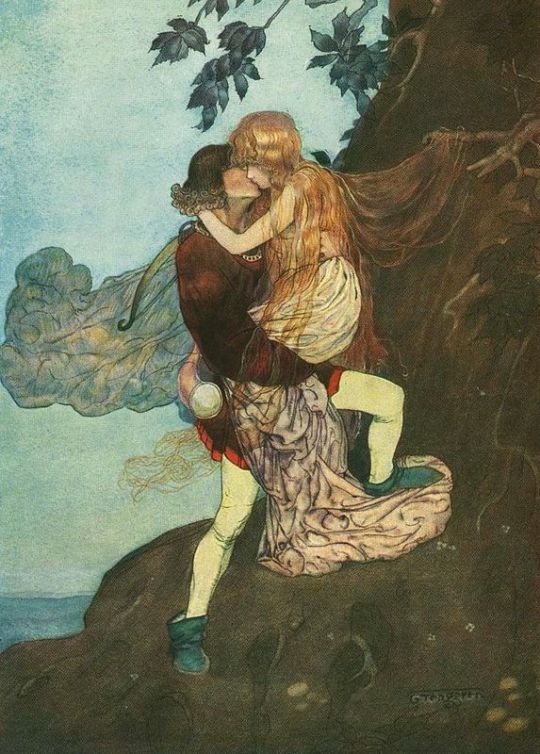
Illustration from Grimm's Fairy Tales by Gustaf Tenggren (1923)
#gustaf tenggren#art#illustration#golden age of illustration#1920s#1920s art#vintage art#vintage illustration#vintage#american art#american artist#books#book illustration#childrens books#fairy tales#fairy tale#fairytale art#brothers grimm#german folklore#classic art
2K notes
·
View notes
Text
Disney leaving out the backstory for Rapunzels name is so funny to me, because in the fairytale it makes sense but in the movie she's just named after a salad.
For no reason other than mother gothel/ the king & queen are horrible at naming babies
#fairy tales#brothers grimm#Gebrüder Grimm#Die Märchen der Gebrüder Grimm#rapunzel#tangled#german fairytales#Funny
167 notes
·
View notes
Photo
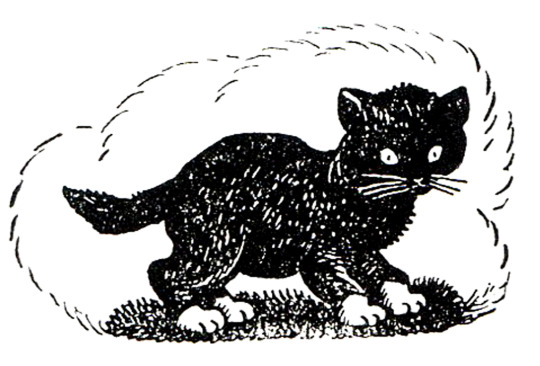
Tales From Grimm Freely Translated and Illustrated By Wanda Gág 1936
#Illustration#vintage illustration#children's illustration#brothers grimm#cat#kitten#fairy tale#1930s#1930's
728 notes
·
View notes
Text
#MiniatureMonday




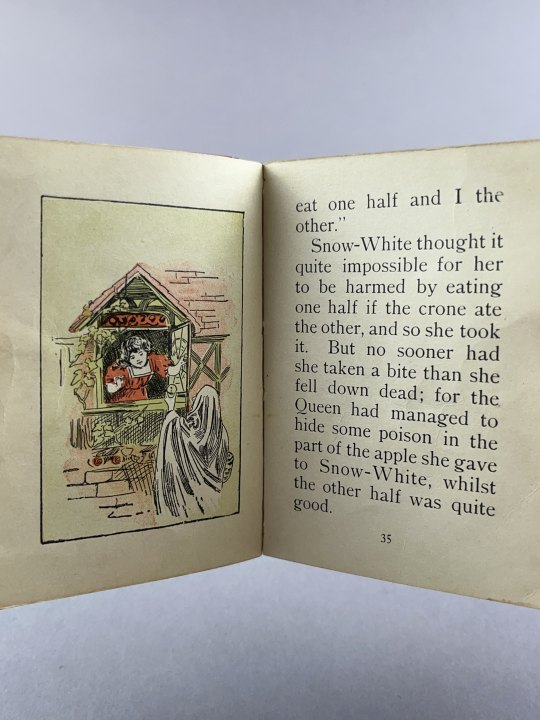

Fairy Tales From Grimm / by Jacob and Wilhelm Grimm with introduction from L. Frank Baum
The Fairy Tales from Grimm is a collection of children's stories written by the Grimm brothers, many of which have been popularized by Disney. This miniature book includes several stories such as the tale of Snow White.
Although the stories were originally published in the 1800s, this copy was produced in 1905. What makes it fantastic is the illustrations in both color and black and white. These drawings beautifully help bring the stories to life.
--Adair J.
#uiowa#libraries#special collections#miniaturemonday#rare books#miniature books#fairy tales#library#grimm brothers#l. frank baum
125 notes
·
View notes
Text

Snow White by Walter Zweigle
#schneewittchen#snow white#art#illustration#walter zweigle#grimm fairy tales#germany#german#fairy tales#fairy tale#europe#european#prince charming#märchenbuch#snow white and the seven dwarfs#dwarfs#dwarves#dwarf#dwarve#brothers grimm#seven dwarfs#seven dwarves#glass coffin#enchanted#magic#magical#spell#sleeping#beauty#prince
148 notes
·
View notes
Text

Valentine Cameron Prinsep (1838-1904)
"Cinderella" (c. 1899)
Oil on canvas
Pre-Raphaelite
Located in the Manchester Art Gallery, Manchester, England
#paintings#art#artwork#literary painting#female portrait#valentine cameron prinsep#oil on canvas#fine art#pre raphaelism#pre raphaelite#museum#english artist#british artist#cinderella#fairytale#brothers grimm#grimms fairy tales#grimms brothers#portrait of a girl#hearth#interior#1890s#late 1800s#late 19th century
863 notes
·
View notes
Text
In Heidi Ann Heiner's Cinderella Tales From Around The World, I've now read the variants from Germany, Belgium, and France.
*Of course the most famous German Cinderella story is Aschenputtel by the Brothers Grimm. If you don't know it from reading it, you probably know it from Into the Woods, and if you don't know it from there, you've probably heard of it in pop culture. Too many people mistakenly think it's the "original" version of Cinderella. But there are other German Cinderella stories too – all similar to the Grimms' version, but with differences here and there.
*In nearly every German version, and in both of the two Belgian versions the book features, the heroine gets her elegant gowns and shoes from a tree. It throws them down to her, or opens up to reveal them, after she either recites a rhyme underneath it or knocks on it.
**Some variants, like the Grimms', have the archetypal "father goes on a journey and asks for gift requests" plot line, and the heroine gets a hazel twig, which she plants on her mother's grave and which grows into a tree. But in other versions, the tree is seemingly a random one, which either a dove, a dwarf, or a mysterious old man or woman advises her to ask for finery.
**That said, there's one exception: a German version called Aschengrittel, where the heroine meets a dwarf who, like the fairies in some Italian versions, gives her a magic wand to grant her wishes.
*As in the Egyptian, Greek, and Italian versions, it varies whether the German versions have the heroine abused by a stepmother and stepsister(s) or by her own mother and sister(s), whether her father is alive or not, and whether the special event she attends is a royal ball/festival or a church service. In both of the two Belgian versions, the heroine's abusers are her own mother and sister(s).
*While in the Mediterranean versions, the heroine's future husband is always either a prince or (more rarely) a king, in the German versions he's occasionally a knight or a rich merchant instead.
*Other typical German and Belgian details are (a) the (step)mother forcing the heroine to sort lentils, seeds, or grain, usually by picking them out of the ashes, which is usually resolved by birds doing the job for her, (b) the prince (or king, or merchant) having the palace or church steps smeared with pitch so that the heroine loses her shoe, and (c) the notorious detail of the (step)sisters cutting off parts of their feet to make the shoe fit, which is revealed when either birds or a dog call out that there's blood in the shoe.
**One Greek version has the prince catch the heroine's shoe by having the church steps smeared with honey, but the Mediterranean Cinderellas usually lose their shoes either by accident or by choice, while in Germany and Belgium it's usually the prince's doing.
**The foot-cutting episode is clearly typical of German and Belgian versions, but the Grimms' other notorious detail, where the stepsisters' eyes are pecked out by doves at the end, isn't typical. The Grimms themselves added that grisly detail to give the story a more "moral" ending with the stepsisters appropriately punished.
*The Grimms' footnotes for their version are included in this book. They mention several other German variants, including two that continue after the heroine's marriage and have the stepmother and stepsister try to murder her, and one where the stepmother starts out as the heroine's childhood nurse and murders the girl's mother by pushing her out a window, then claims she committed suicide.
*The German, Belgian, and French Cinderellas aren't quite so cunning and unfazed as the Greek and Italian Cinderellas. Now we see more heroines who cry over their hardships, and/or who beg to be allowed to go to the ball/festival or church, and whose magical help is more given to them and less in their own control. One notable French exception to this pattern, though, is Madame d'Aulnoy's cunning and self-reliant Finette Cendron.
*France doesn't seem to have the same pattern of culturally-distinct oral versions of this tale that other countries do. Instead, the French examples in this book are nearly all literary versions, and each one is almost completely different from the others.
**Of course the most wildly famous and important French Cinderella is Charles Perrault's Cendrillon. This is the Cinderella we all know best, with the fairy godmother, the pumpkin coach, the magic only lasting until midnight, and the glass slipper.
**Published in the same year as Perrault's version was Madame d'Aulnoy's Finette Cendron. This is an interesting, much longer variation that starts out as a Hop o'My Thumb/Hansel and Gretel story, where three sisters are abandoned in the woods and nearly eaten by an ogre, only for the clever youngest, Finette, to outwit him, but then turns into a Cinderella story when the older sisters abuse Finette after they make the dead ogre's castle their home, but Finette follows them to a ball in finery she finds in a chest.
**Another French literary variant is The Black Cat, which starts out as a Cinderella tale, but then has the heroine be stranded on an island and give birth to a black cat son (long story), then turns into a Puss in Boots tale as the cat helps his mother. Yet another is The Blue Bull, where the heroine runs away from her stepmother with her only friend, a magical bull, only for the bull to be killed protecting her from lions, and which then becomes a Donkeyskin/All Kinds of Fur-type of story, where she becomes a servant at the prince's palace and gets her ballroom finery from the bull's grave.
*Perrault and d'Aulnoy's versions are the only two Cinderellas so far where the heroine has a fairy godmother. Yes, in some others there are fairies or mysterious old women who help her, but the concept of a fairy godmother seems to have French literary origins.
*These same two versions, Perrault's and d'Aulnoys are also where we first see strong emphasis on the heroine's virtue and kindness, even to her cruel (step)family. While some oral versions do have her forgive them in the end, these literary versions not only have her do that, but have her constantly be gracious and kind to them (Perrault) or save their lives even at great personal sacrifice (d'Aulnoy).
*Now that I've read Finette Cendron, I can see its slight influence on Massanet's opera Cendrillon. In Finette Cendron, instead of Perrault's choice to have the slipper taken from house to house, all the ladies are invited to the palace to try it on, and Finette's fairy godmother sends her a horse to ride there – just like Cinderella's fairy godmother transports her to the slipper-fitting at the palace in the opera. Finette Cendron's Prince Cherí also falls deathly ill with love for the mystery girl, but is cured when he finds her. (A recurring theme in many different variants, which I forgot to mention when I covered the Mediterranean versions.) In the opera, this has its parallel when Prince Charming faints in despair over the seeming failure of the slipper-fitting, and before that when Cinderella herself becomes gravely ill because she thinks she'll never see her prince again.
@adarkrainbow, @ariel-seagull-wings, @themousefromfantasyland
#cinderella#fairy tale#variations#germany#belgium#france#the brothers grimm#charles perrault#madame d'aulnoy#cinderella tales from around the world#heidi ann heiner#tw: violence#tw: murder#tw: suicide mention
60 notes
·
View notes
Text

Old Sultan (1900) - Arthur Rackham
#illustration#arthur rackham#old sultan#the fairy tales of the brothers grimm#brothers grimm#1900s#1900#dog
0 notes
Text
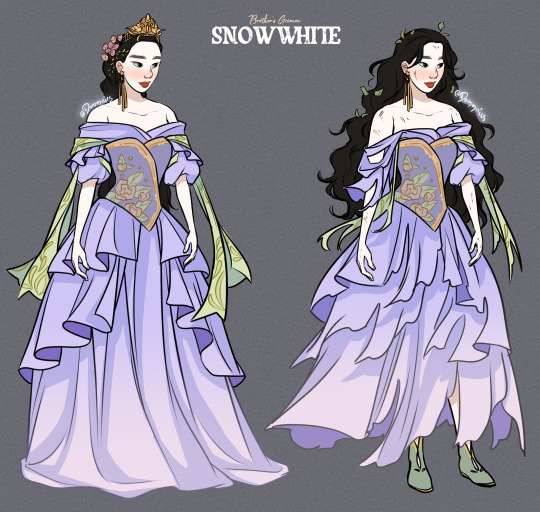
I love doing character designs for fairy tales and folktales, so here's my interpretation of Snow White for fun. I imagined her look on the left to be as she's taken by the huntsman into the woods, and then her look on the right after she's braved the woods and made it to the dwarfs' cottage.
--
Check out more of my work on other platforms!
My Instagram -- My Twitter
#fairy tales#snow white#brothers grimm#folktale#faerie tales#fairytale#fairytale art#fairy tale art#fairy tale illustration#snow white and the seven dwarfs#rt#dress#princess#character design#dress design
479 notes
·
View notes
Text
The Grimm Legends Pt.3
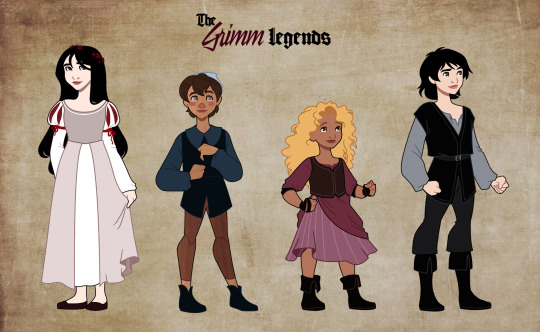
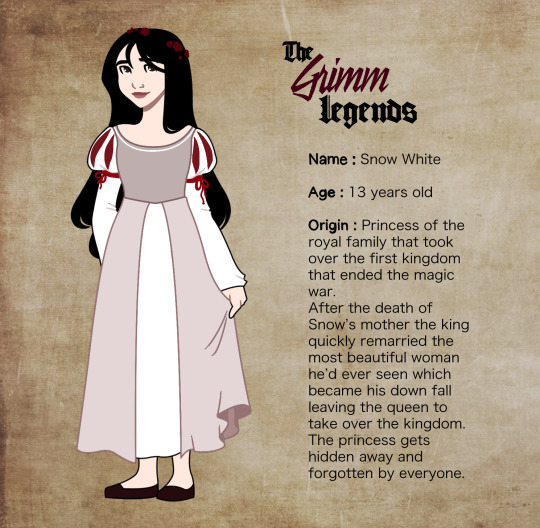
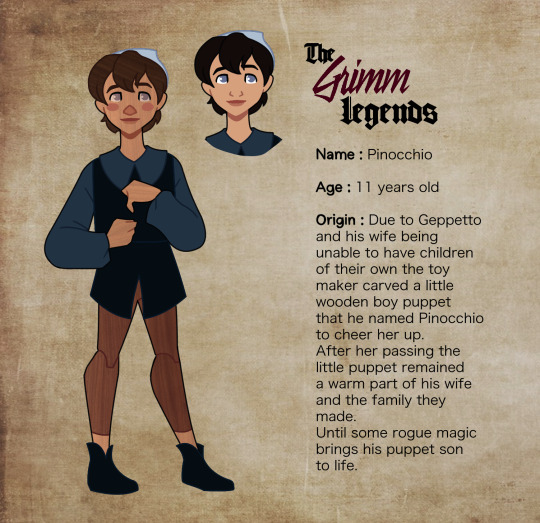
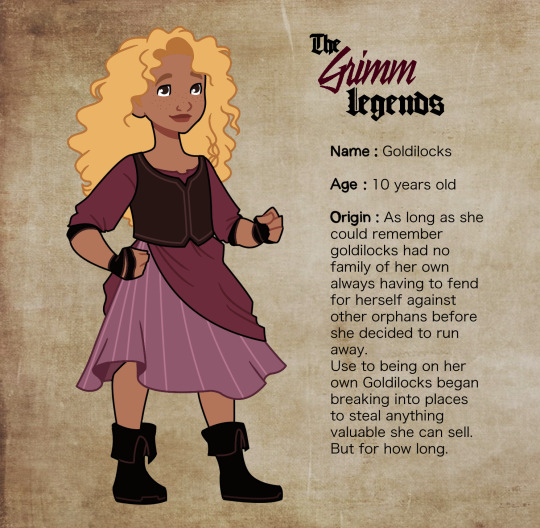

The new generation of Grimm Legends…

#the grimm legends#grimm fairytales#grimm fairy tales#grimm brothers#fairy tales#fairytale#fairy tale illustration#character designs#digital characters#Snow White#pinocchio#goldilocks and the three bears#Goldilocks#the boy who cried wolf#character artworks#fantasy
46 notes
·
View notes
Text

Grimm’s Household Tales
Edited and partly translated anew by Marian Edwardes
E. P. Dutton & Co
New York
1912
Artist : R. Anning. Bell
Princess and the Dragon
#brothers grimm#frères grimm#children's literature#fairy tale#children's books#vintage illustration#fairy story#children's book#fairy tales#old illustration#1912#Princess#dragon#cloués#nuages#sea#mer#ocean#mythological creature#fantastic creatures
278 notes
·
View notes
Text

Illustration from The Two Brothers for Grimm's Fairy Tales by Elenore Abbott (1920)
#elenore abbott#art#illustration#golden age of illustration#1920s#1920s art#vintage art#vintage illustration#vintage#american art#american artist#books#book illustration#childrens books#fairy tale#fairy tales#fairytale art#brothers grimm#dragons#classic art
1K notes
·
View notes